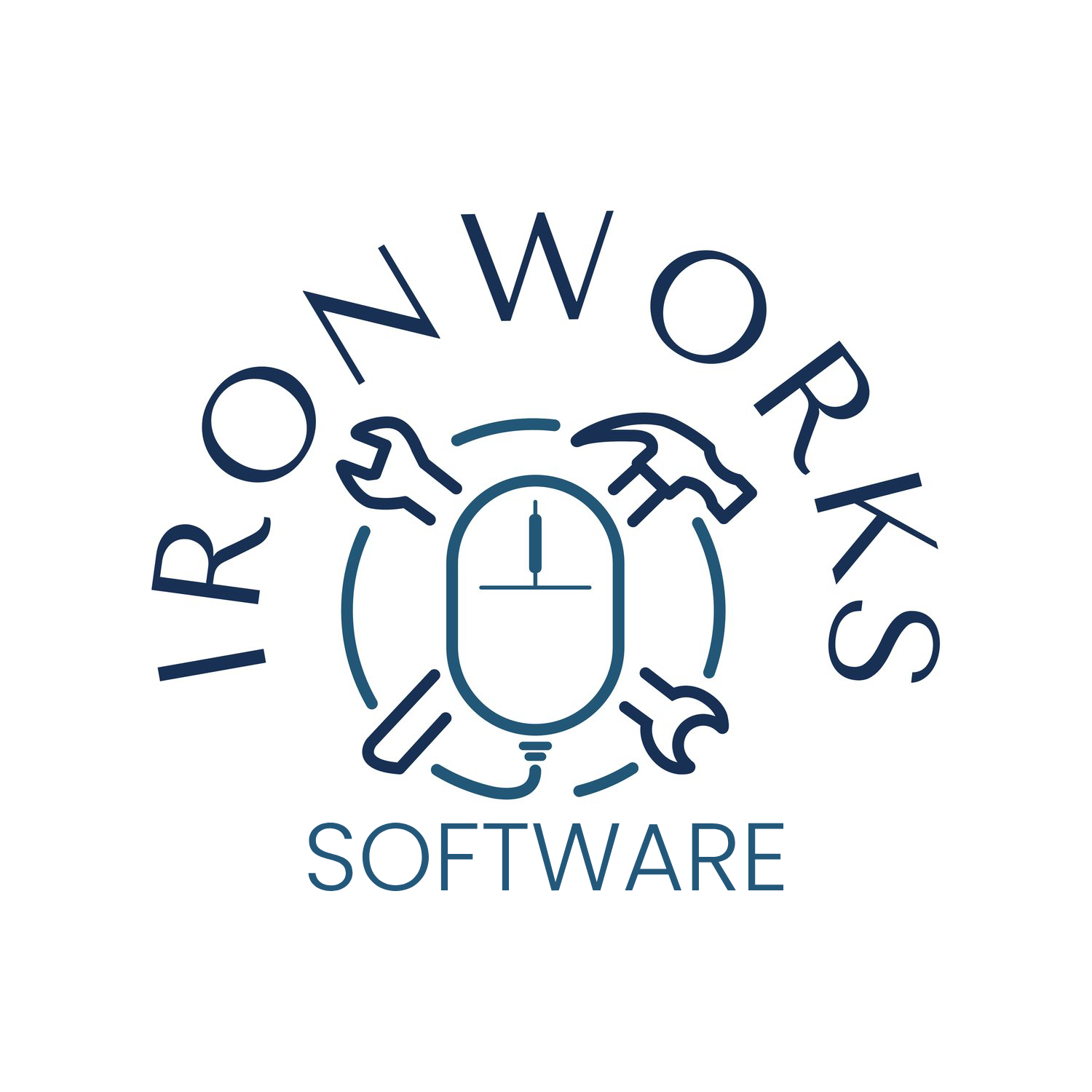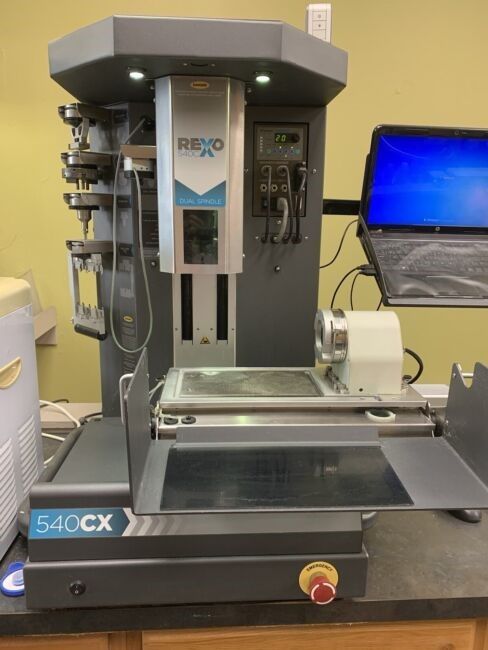Weekly Newsletter
Virus and Malware Security for Small Business

Recently, I had a discussion with one of my clients regarding security. This is always an interesting one. All of the security experts attempt to sell you on layer on upon layer of passwords, authentication, fee-based solutions, the Cloud, etc.
My recommendation to all small to medium businesses is to just be vigilant, use common sense, and don’t spend a lot of time and money on canned solutions. The approach to keeping your important data safe is really very simple. It is really no different than what you do to keep your home, personal property and other valuables safe.
Here is what I do for my computers and what I recommend and help implement for my clients.
1. Assuming you have a small number of PCs’ Laptop’s, etc., say less than 25
2. Install software to clear out temp files, Windows Temp storage, Operating system Temp files, Recycle bin, etc. Do this on a weekly basis
a. Privacy Eraser – Free download
b. https://www.cybertronsoft.com/products/privacy-eraser/
3. Once a month run a free Spyware program to remove any potential viruses
a. Super Anti Spyware – Free download version
a. https://www.superantispyware.com/
4. Educate your staff on basic steps to take to eliminate many types of viruses, malware, and hijack threats
a. Don't open attachments from any sender who you do not know
b. Be careful of emails with attachments where the sender name is familiar
a. Check the senders email address. Subject may be a familiar senders name, nut the email is not correct
c. When in doubt contact the sender.
c. Be wary of attachments with .exe or .zip as the attachments file name suffix
EXAMPLES: filename.zip filename.exe filename.dll
5. Instruct users not to provide any banking, financial, or company information on a website or email that is unfamiliar.
a. If a vendor needs banking information, talk to them first on the phone.
6. Teach users that If they get a popup that says they have a virus, IMMEDIATELY shut down machine and ask for help.
a. These are typically pretty easy to deal with.
7. Minimize out of office access by staff to internal software or files unless necessary.
a. At that point you could use a remote control program to allow them to take over a specific PC in the office to perform work remotely
b. RemotePC – has a low monthly fee
a. https://www.remotedesktop.com/index.html
8. Have whoever your internal IT person is to check each pc personally every month. This doesn’t take a lot of time and pays big dividends.
9. Be wary of IT firms offering to handle all of this for you at a fee.
a. It will be in their interest to make their job easy at the expense of your productivity by installing excess security measuers that are overkill for many small businesses.


